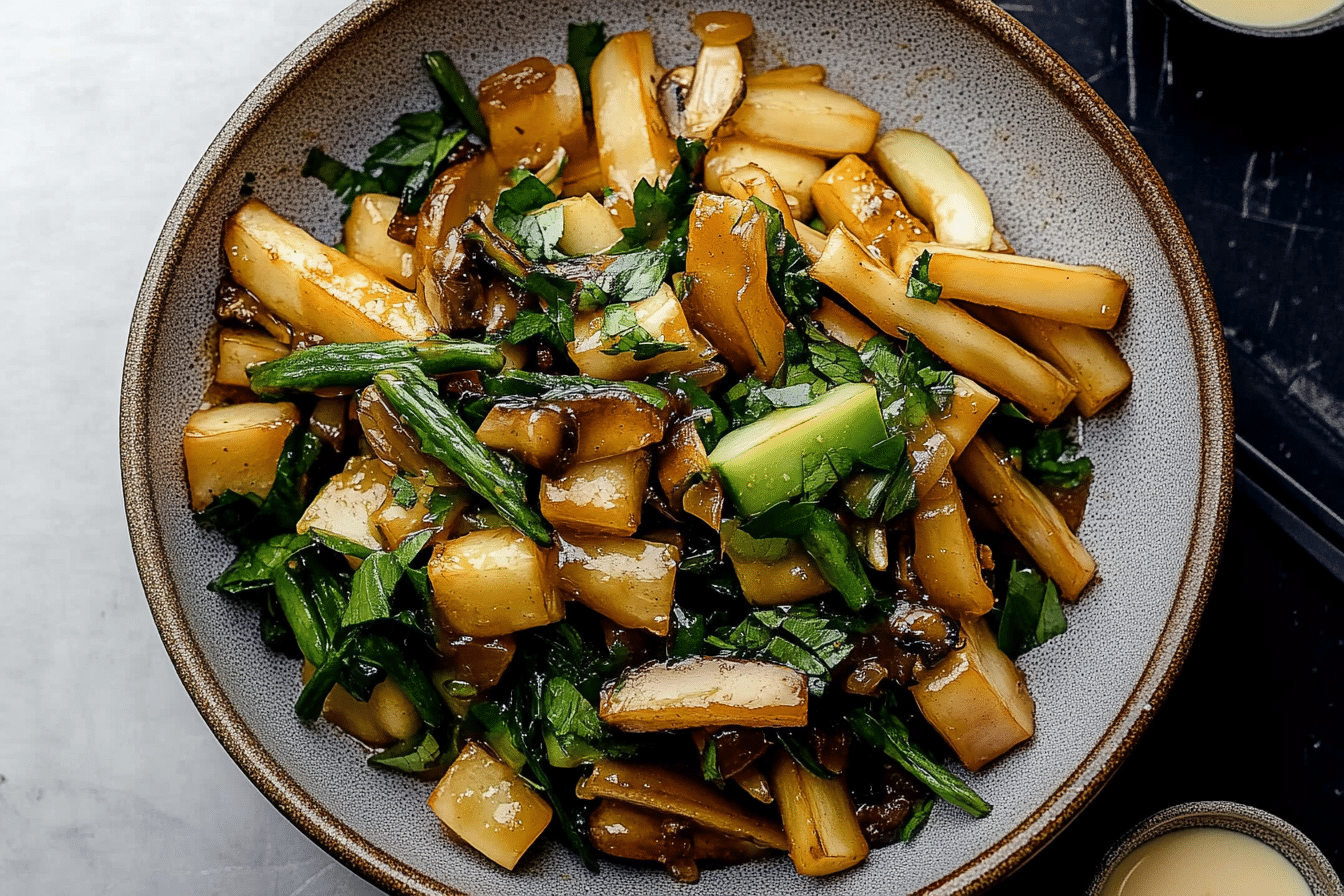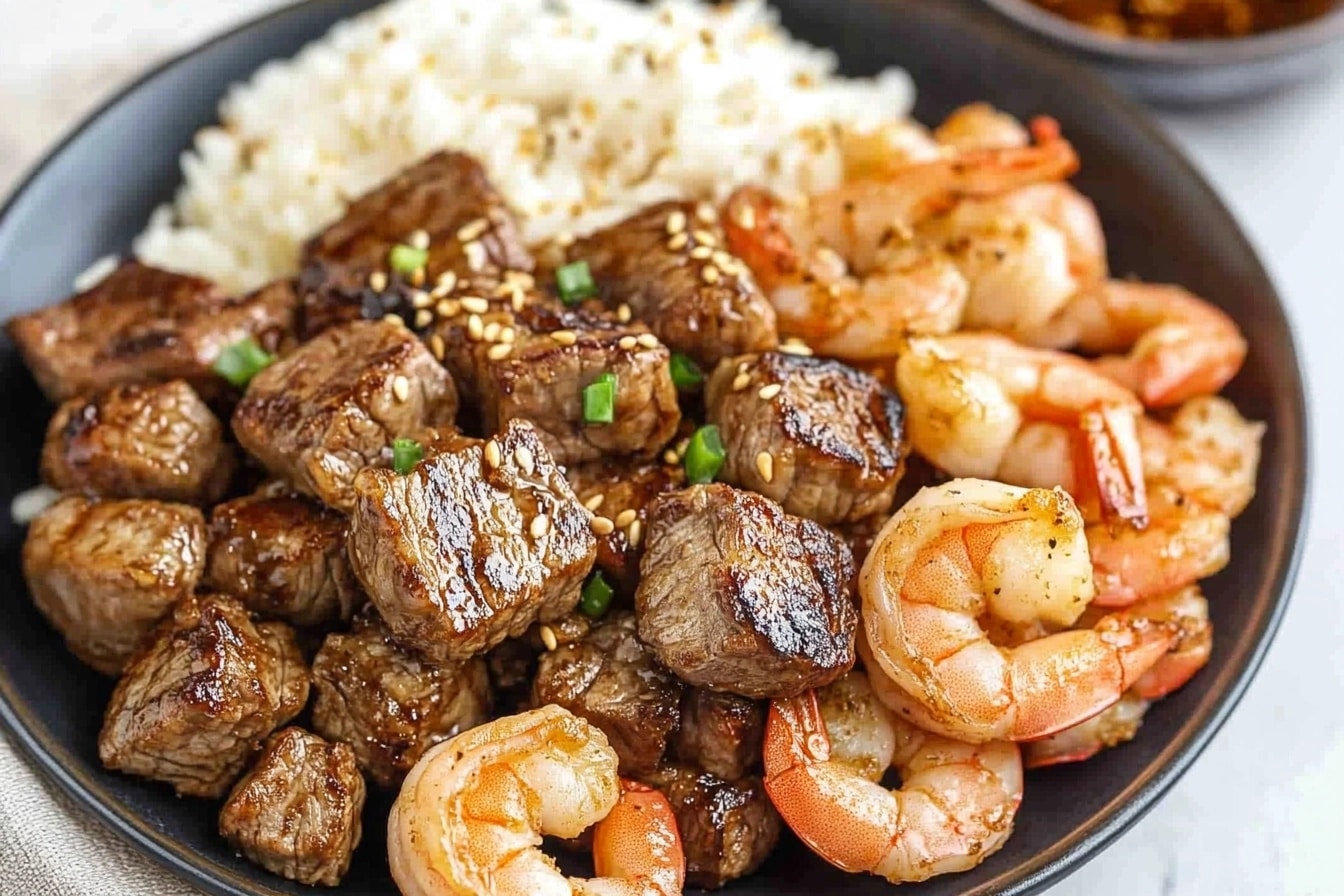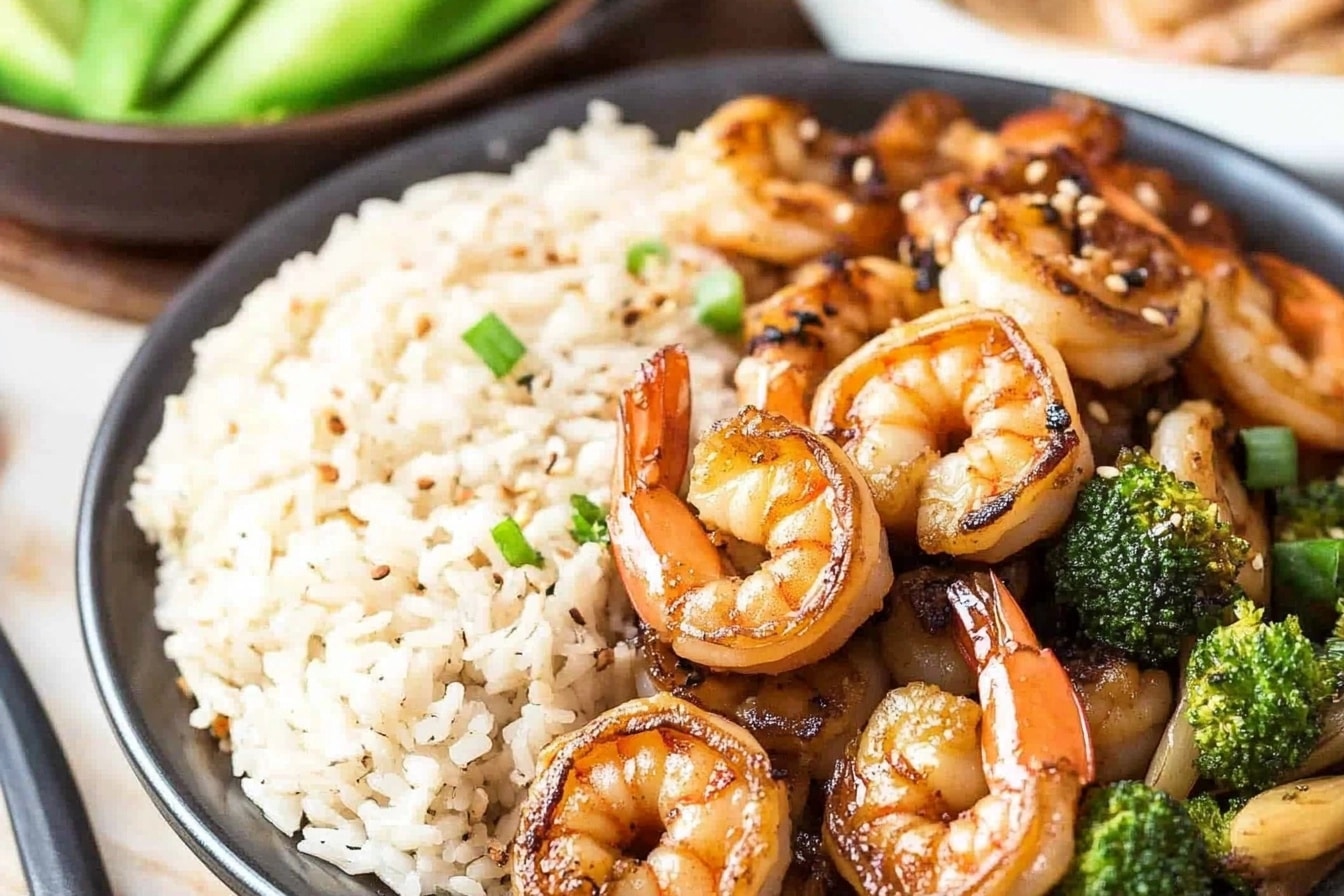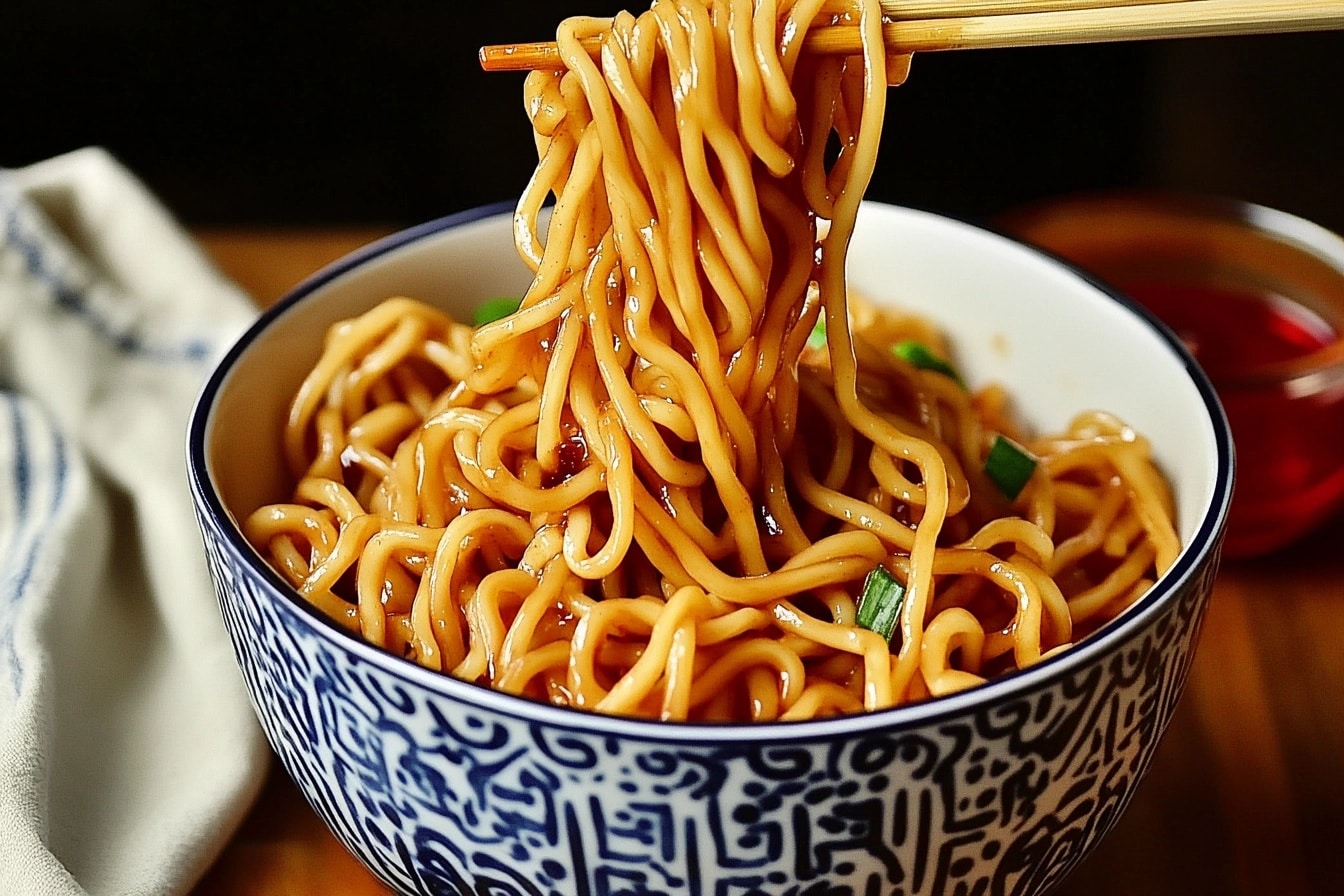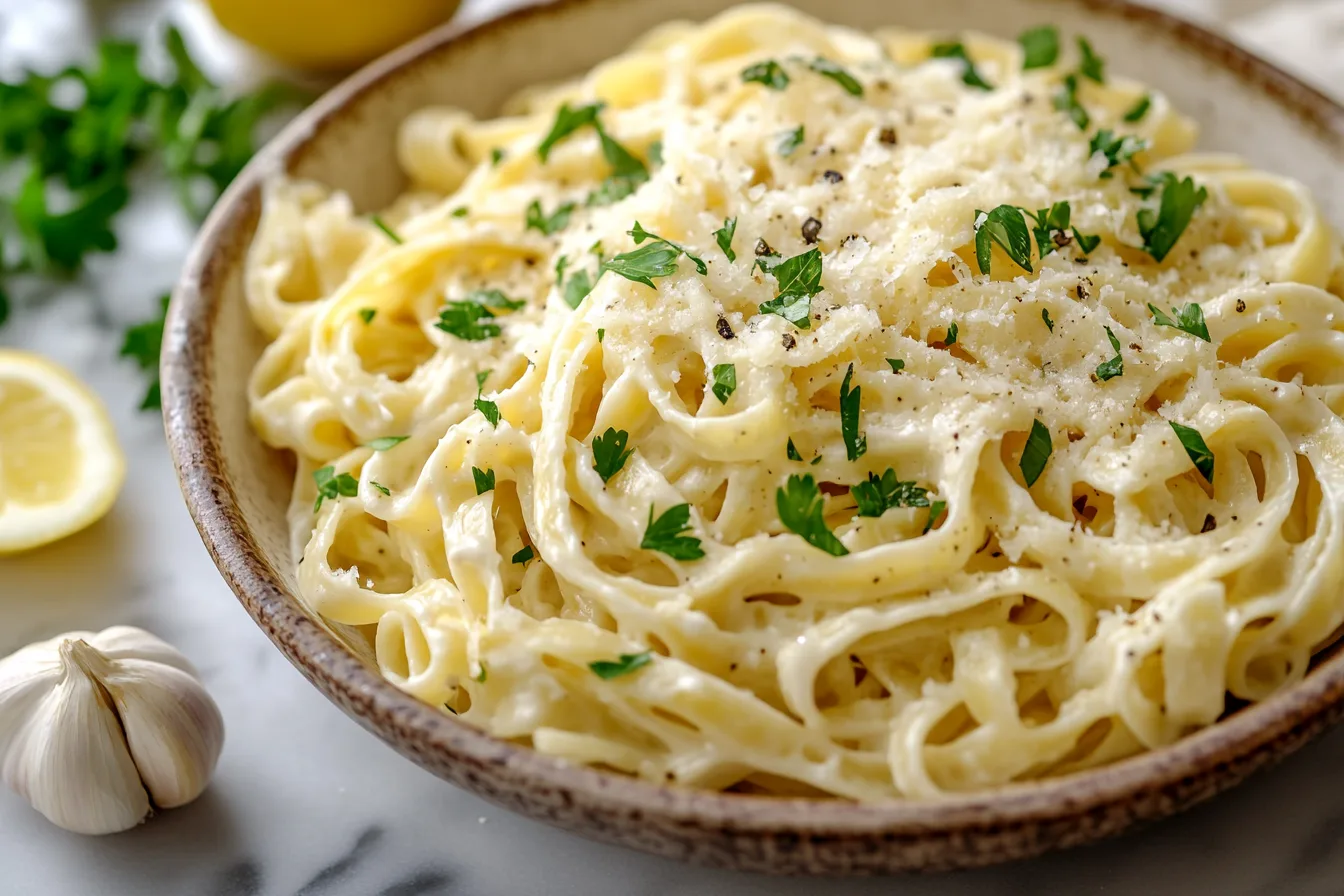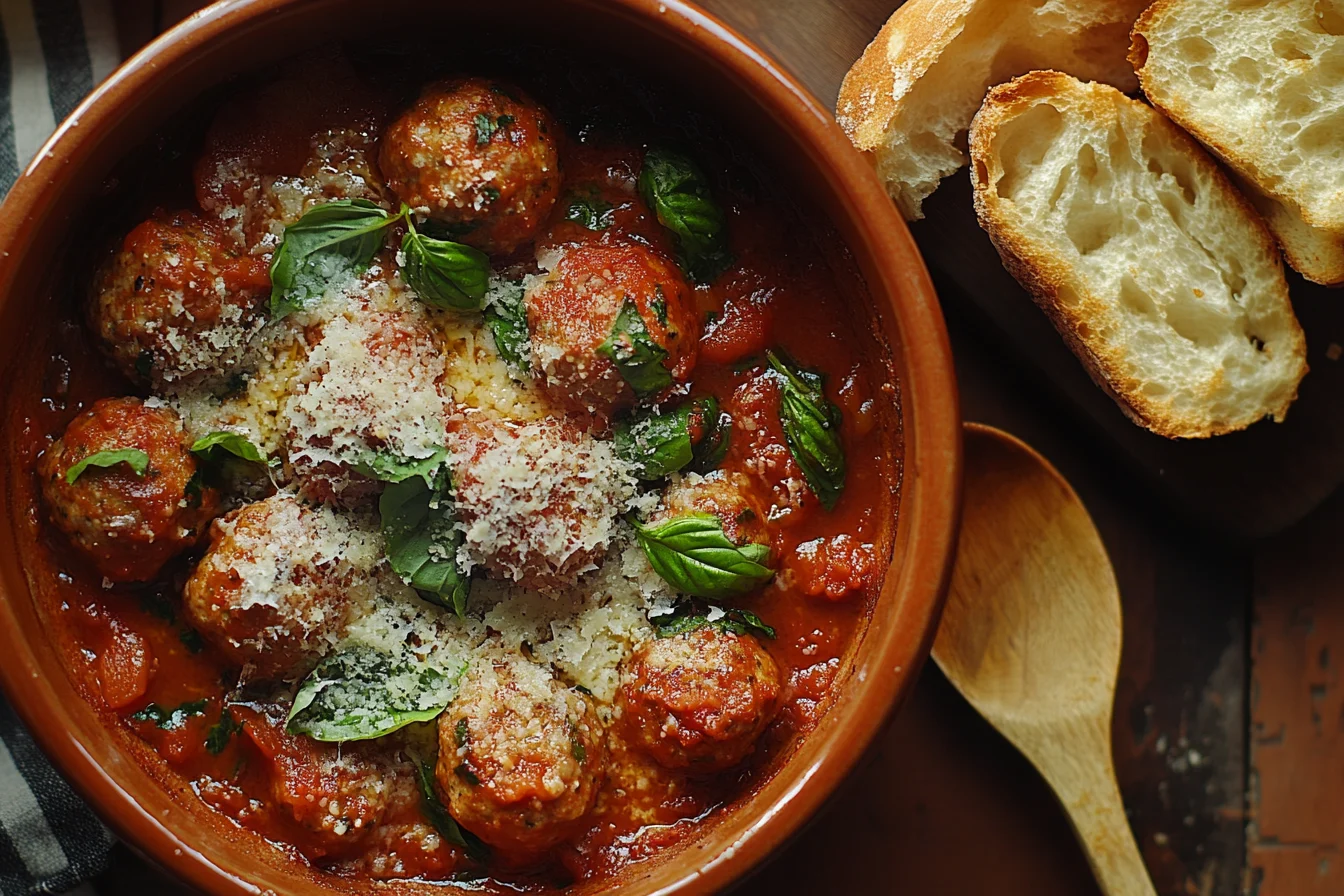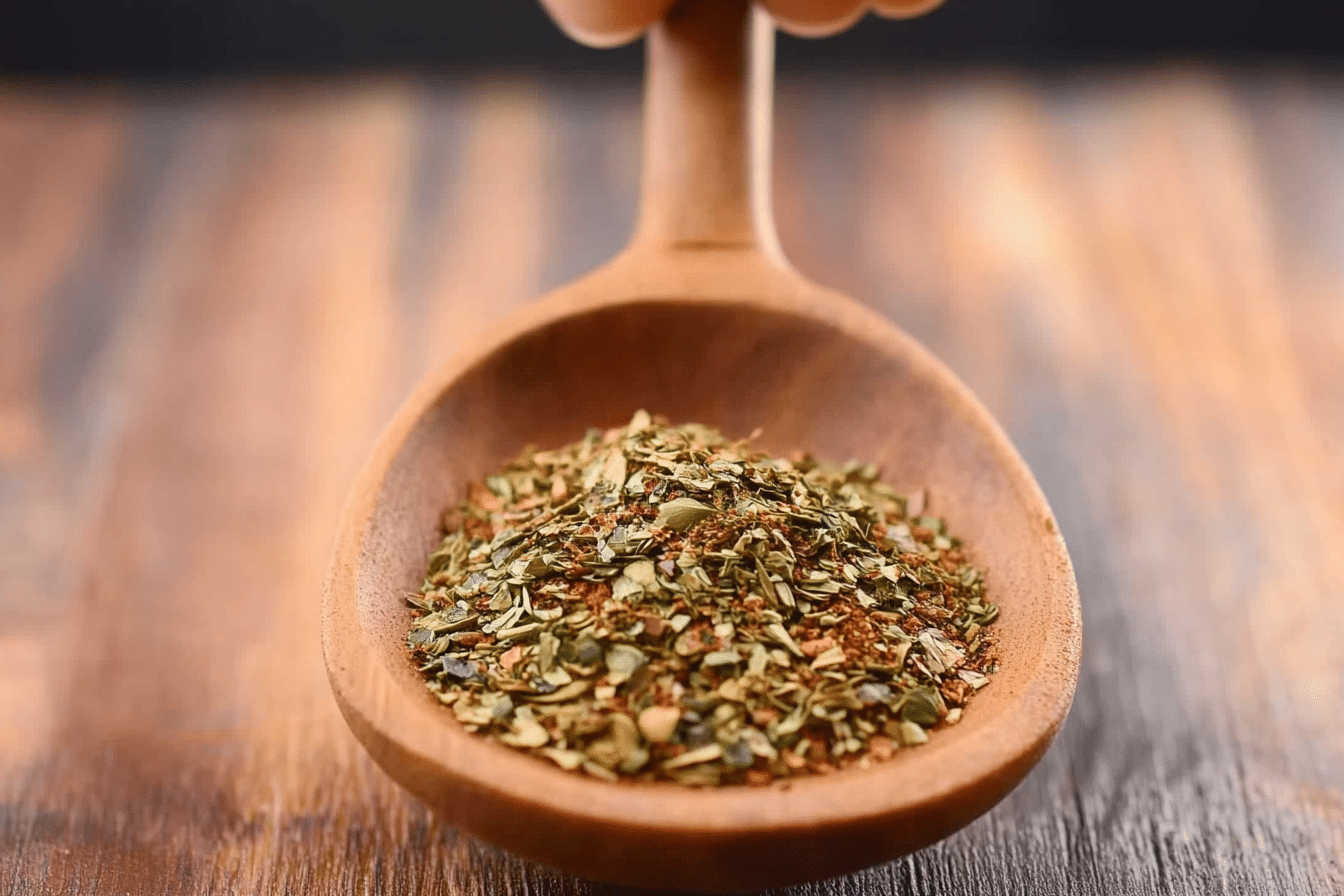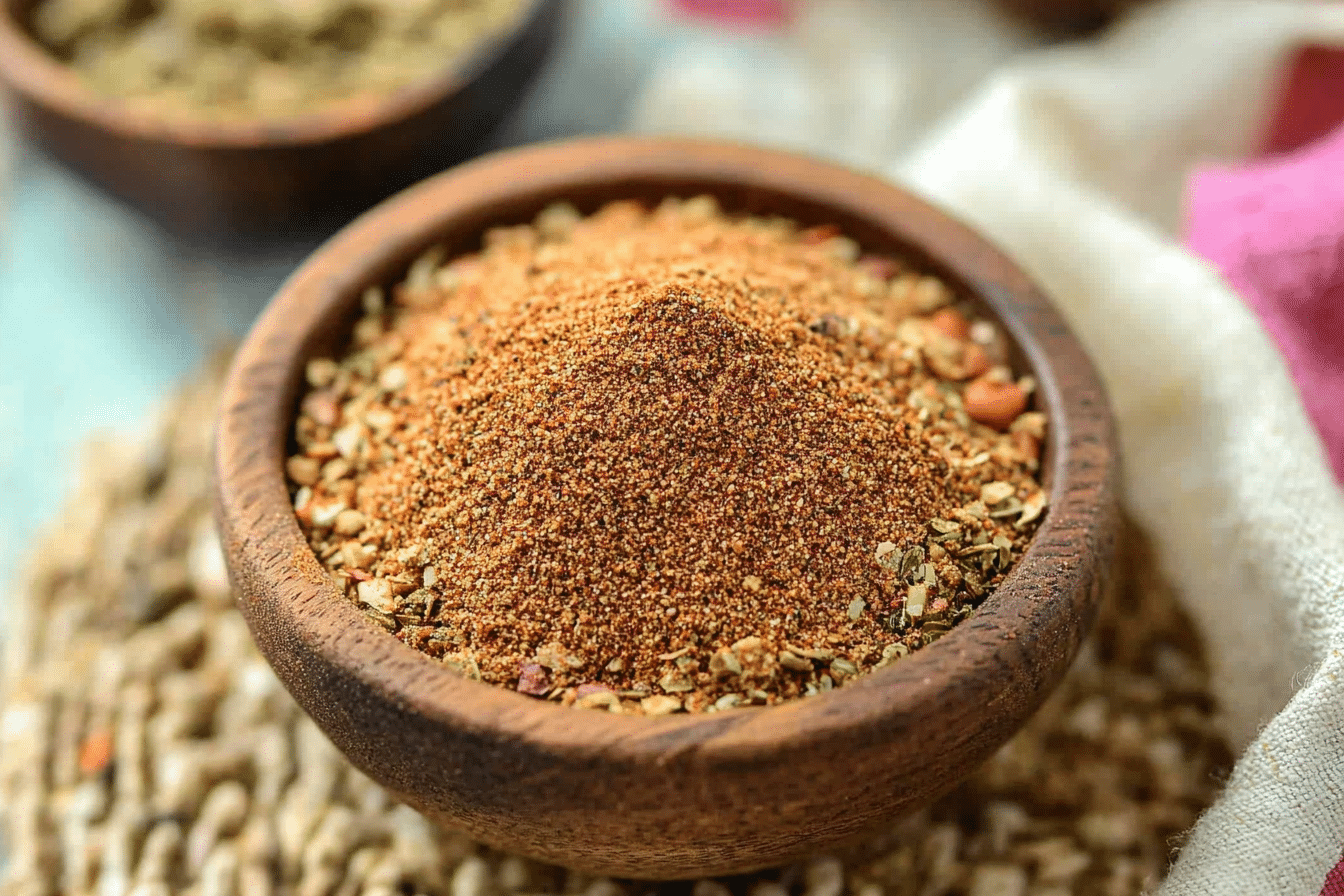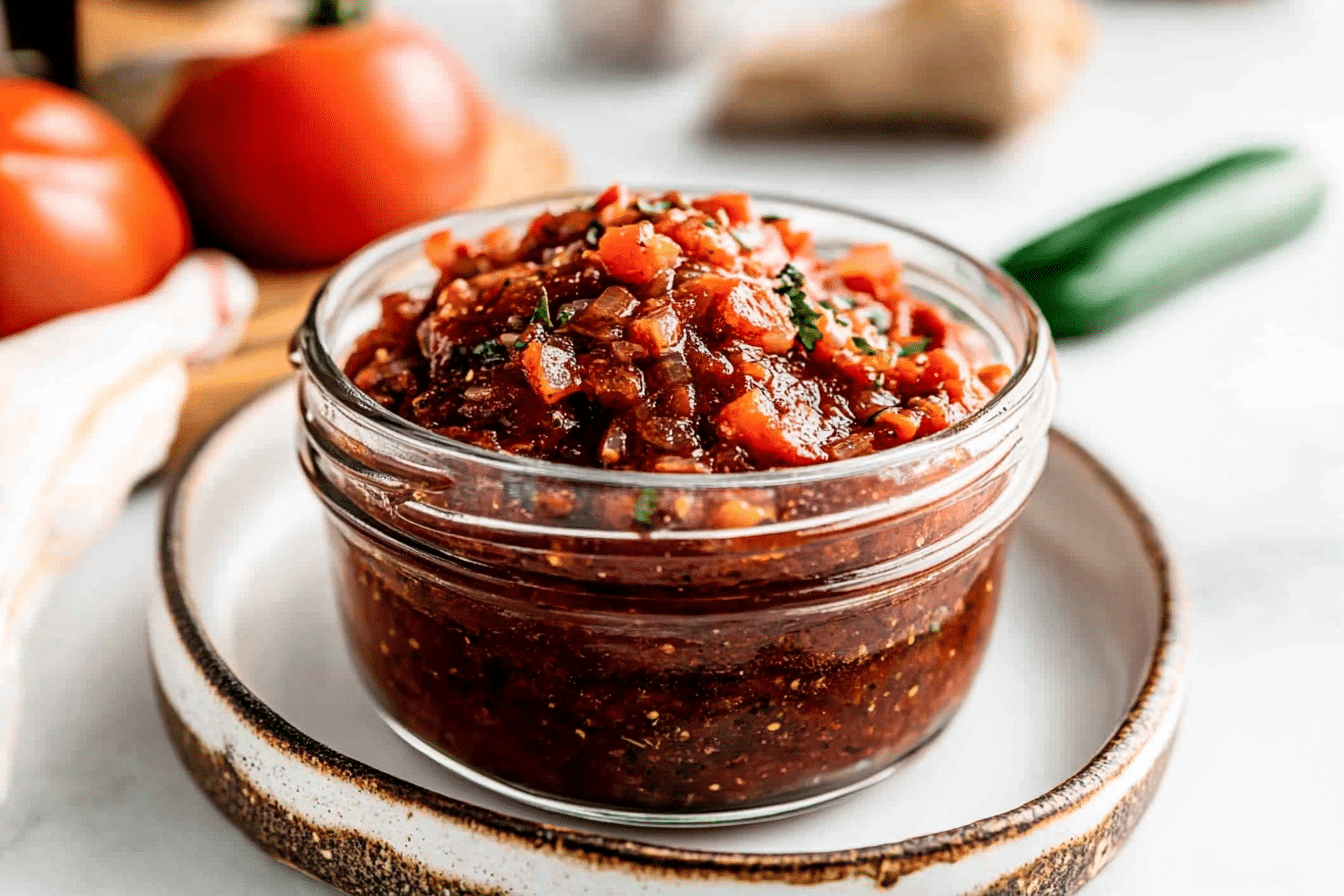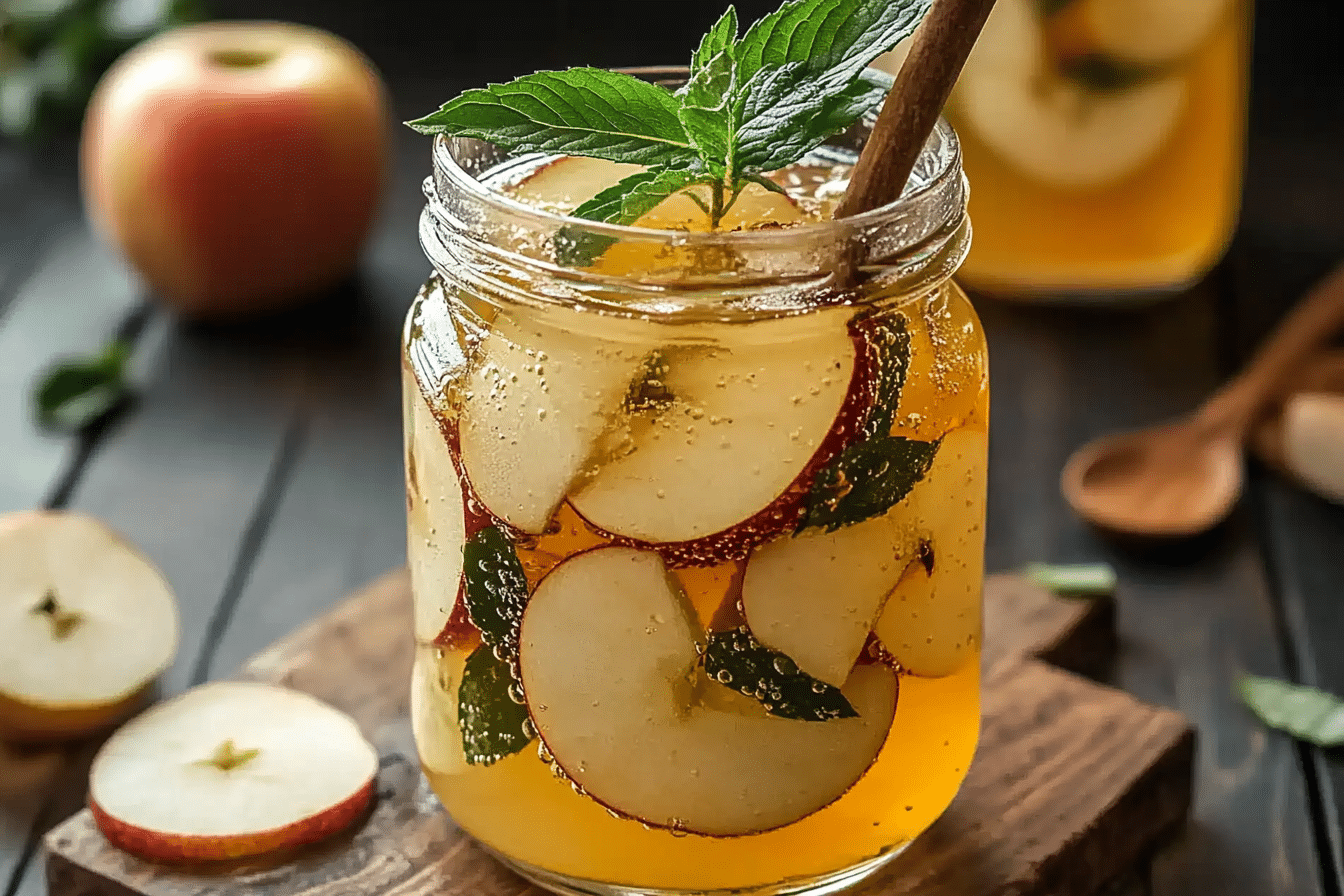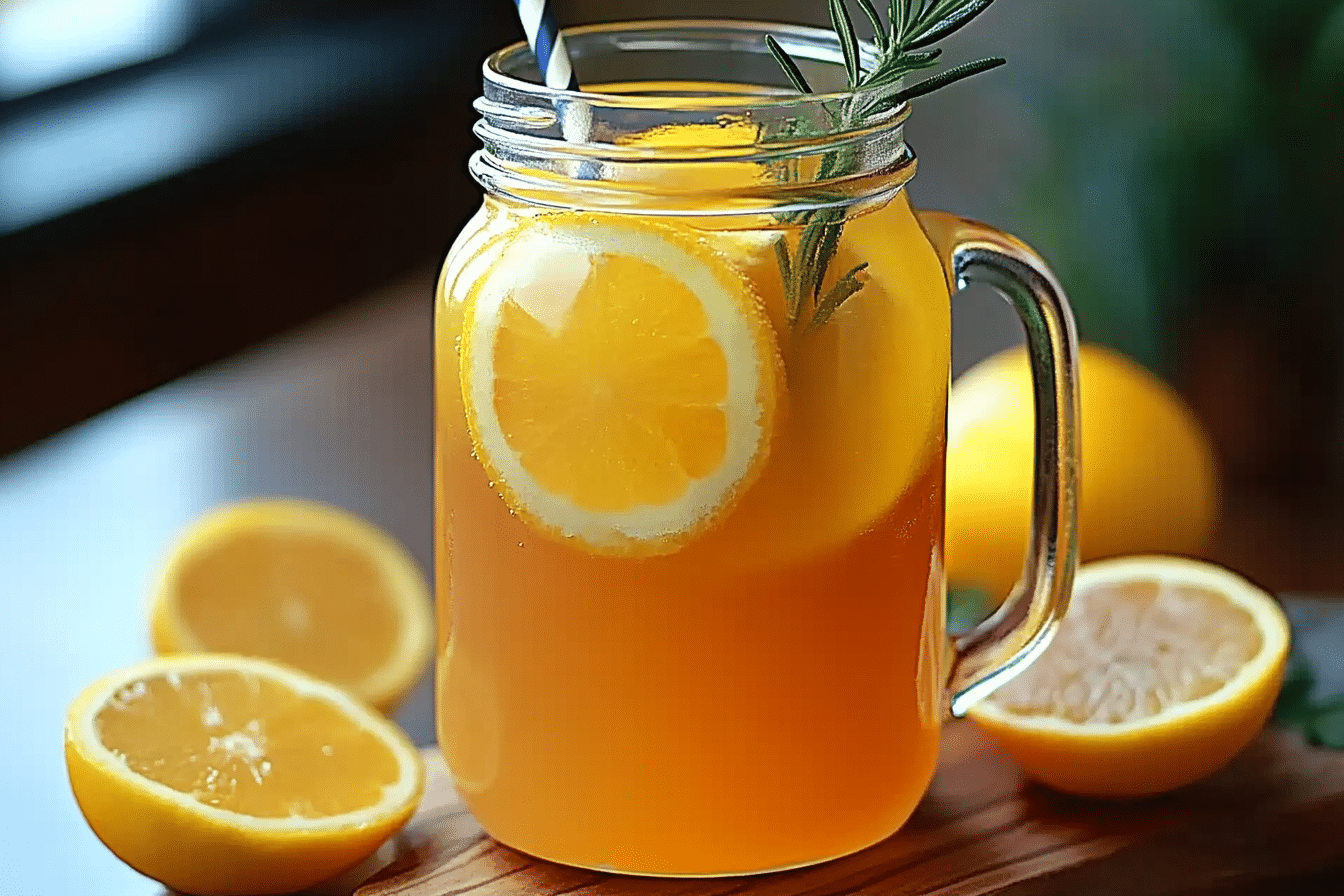Introduction
The hibachi veggies you love from Japanese steakhouses like Benihana are easier than you think to recreate at home. This colorful mix of zucchini, mushrooms, squash, and onions sizzles in a buttery soy sauce blend that packs umami in every bite. Cooking it yourself means fewer additives, fresher ingredients, and the satisfaction of serving up a restaurant-style meal in your kitchen. Plus, these veggies are rich in fiber, potassium, and vitamin C—making them a nutrient-dense side you’ll want to put on repeat for weeknight dinners and comfort meals.
Table of Contents
Why You’ll Love These Hibachi Veggies
The hibachi veggies cook in just 30 minutes from start to finish, using minimal ingredients that you probably already have in your kitchen. They’re the perfect sidekick for proteins like hibachi shrimp or chicken, and they work just as well tossed with hibachi noodles. Whether you’re meal prepping or whipping something up last minute, these veggies bring flavor, color, and texture to your plate. You’ll love how quickly they come together and how versatile they are across all types of Japanese-style meals.
Ingredients with Quantity for Hibachi Veggies
The hibachi veggies recipe keeps things simple with just a few fresh vegetables and staple seasonings. Here’s everything you’ll need:
- 1 tablespoon butter – key to that rich, restaurant-style flavor
- 2 tablespoons vegetable oil or olive oil – for high-heat cooking
- 1 cup onion, quartered and thinly sliced
- 2 cups zucchini, cut into strips
- 2 cups yellow squash, cut into strips
- 1 cup mushrooms, sliced (white or cremini work great)
- 2 teaspoons soy sauce – or try coconut aminos for a gluten-free option
- 1/4 teaspoon salt
- 1/4 teaspoon ground black pepper
For garnish, consider chopped green onions or sesame seeds. These little extras elevate the dish and mirror what you’d find in a traditional hibachi steak and shrimp combo plate.
Print
Hibachi Veggies Recipe
- Total Time: 30 minutes
- Yield: 4 servings 1x
Description
The hibachi veggies you love from Japanese steakhouses like Benihana are easier than you think to recreate at home. This colorful mix of zucchini, mushrooms, squash, and onions sizzles in a buttery soy sauce blend that packs umami in every bite.
Ingredients
- 1 tablespoon butter
- 2 tablespoons vegetable oil or olive oil
- 1 cup onion, quartered and thinly sliced
- 2 cups zucchini, cut into strips
- 2 cups yellow squash, cut into strips
- 1 cup mushrooms, sliced
- 2 teaspoons soy sauce
- 1/4 teaspoon salt
- 1/4 teaspoon ground black pepper
Instructions
- Heat a skillet over medium-high heat.
- Add butter and let it melt, then add vegetable oil.
- Add onions and sauté for about 2 minutes.
- Add zucchini, yellow squash, and mushrooms; stir continuously for even browning.
- Season with soy sauce, salt, and pepper.
- Cook for 8–10 minutes until golden and slightly softened.
- Serve warm with hibachi chicken or fried rice.
Notes
Garnish with green onions or sesame seeds. Swap in bell peppers or water chestnuts for variety. Coconut aminos and sesame oil work well for gluten-free or dairy-free versions.
- Prep Time: 10 minutes
- Cook Time: 20 minutes
- Category: Side Dish
- Method: Stovetop
- Cuisine: Japanese
Nutrition
- Serving Size: 1 serving
- Calories: 120
- Sugar: 5g
- Sodium: 250mg
- Fat: 9g
- Saturated Fat: 2g
- Unsaturated Fat: 6g
- Trans Fat: 0g
- Carbohydrates: 10g
- Fiber: 3g
- Protein: 2g
- Cholesterol: 5mg
Keywords: hibachi veggies, Japanese side dish, vegetables, Benihana copycat, stir fry
Essential Hibachi Veggies Tools for Cooking
The hibachi veggies recipe doesn’t require fancy restaurant equipment, but having the right tools makes all the difference. A large 12-inch cast iron skillet is ideal for high-heat cooking, helping achieve that classic hibachi-style char. If you have access to a flat-top grill or Blackstone griddle, that’s even better. You’ll also want a sturdy spatula for tossing the veggies, a sharp knife for clean cuts, and a wide cutting board to prep everything in one place. Using prep bowls will also streamline your cooking and help manage timing—especially when paired with quick meals like hibachi steak.
How to Make the Hibachi Veggies
The hibachi veggies are quick and simple to prepare. Start by heating your skillet over medium-high heat. Add 1 tablespoon of butter, and once melted, stir in 2 tablespoons of oil. Toss in the sliced onions first and sauté for about 2 minutes until they begin to soften. Next, add the zucchini, yellow squash, and mushrooms. Stir continuously for even browning. Season with soy sauce, salt, and ground pepper. Cook until the vegetables are golden and slightly softened—usually about 8–10 minutes total. Serve warm, paired with your favorite hibachi chicken recipe or with a scoop of fried rice for a complete plate.
Swaps and Substitutions of Hibachi Veggies
The hibachi veggies can be adjusted easily based on your preferences and pantry availability. Not into mushrooms? Leave them out or swap for sliced bell peppers for a sweeter crunch. You can also throw in bean sprouts or water chestnuts for extra texture. Need a low-sodium version? Use coconut aminos instead of soy sauce. Looking for a dairy-free option? Replace the butter with avocado oil or sesame oil for added depth. These flexible swaps make it easy to build on this base recipe and match it with any Japanese-style main, including hibachi steak and shrimp.
What to Serve with the Hibachi Veggies
The hibachi veggies are a flavorful, flexible side that pairs beautifully with classic Japanese proteins. Try serving them alongside juicy hibachi steak or tender hibachi chicken. They also complete a seafood plate when matched with hibachi shrimp. Prefer a surf and turf approach? Build a restaurant-style meal at home with hibachi steak and shrimp. If rice isn’t your thing, these veggies also shine next to hibachi noodles. Whether served solo or as part of a larger meal, they round out the plate with color, crunch, and just the right amount of seasoning.
Conclusion
The hibachi veggies recipe proves that you don’t need a hibachi grill or dinner reservations to enjoy this Japanese-style favorite. Made with fresh vegetables, a simple soy-based seasoning, and just 30 minutes of your time, this dish fits seamlessly into your busy week. It’s flavorful, family-friendly, and incredibly easy to customize. Pair it with your favorite protein, toss it into a grain bowl, or just serve it straight from the skillet—it’s a side that earns repeat appearances in any kitchen. Next time you’re craving a quick and satisfying veggie dish, skip the takeout and go for homemade hibachi.
FAQs About the Hibachi Veggies
What usually comes in hibachi?
The hibachi veggies mix typically includes zucchini, mushrooms, onions, and squash. At most restaurants, it’s paired with proteins like steak or shrimp, fried rice, and sometimes noodles. The combination creates a balanced plate of veggies, carbs, and protein.
What do hibachi chefs squirt on vegetables?
The hibachi veggies often get a quick squirt of soy sauce and sometimes a bit of sake or seasoned oil. This adds flavor and helps steam the veggies during high-heat cooking. At home, soy sauce alone works great for seasoning and moisture.
What veggies for fried rice?
The hibachi veggies used in fried rice usually include chopped onions, carrots, and peas. You can also add in zucchini or mushrooms for a twist. These vegetables cook quickly and bring great texture to the dish without overpowering it.
What seasoning do they use for hibachi?
The hibachi veggies are seasoned simply with salt, pepper, and soy sauce. Some chefs might add garlic, sesame oil, or ginger. Butter is a staple in hibachi cooking—it delivers richness and helps the seasonings cling to the veggies for better flavor.
